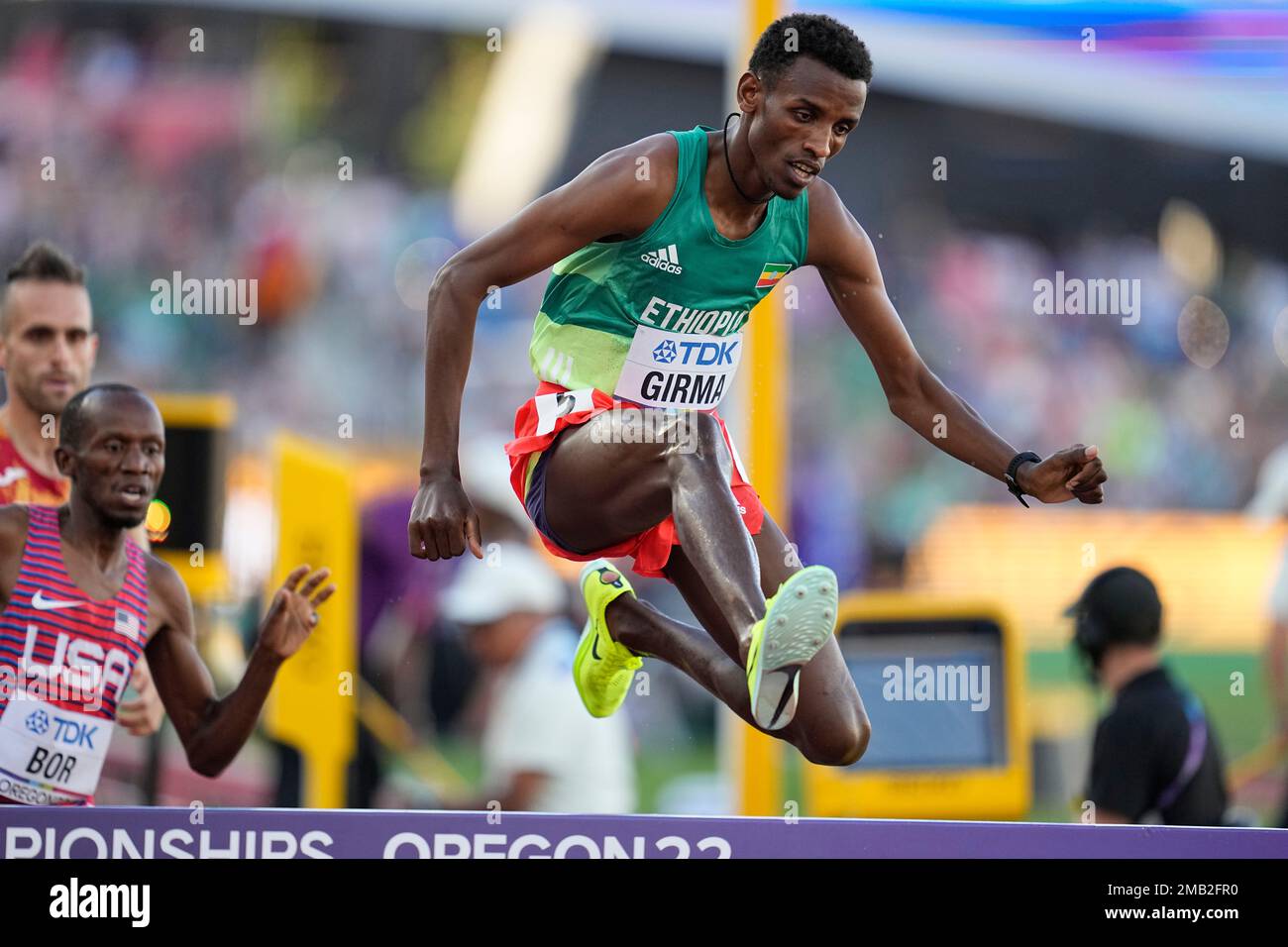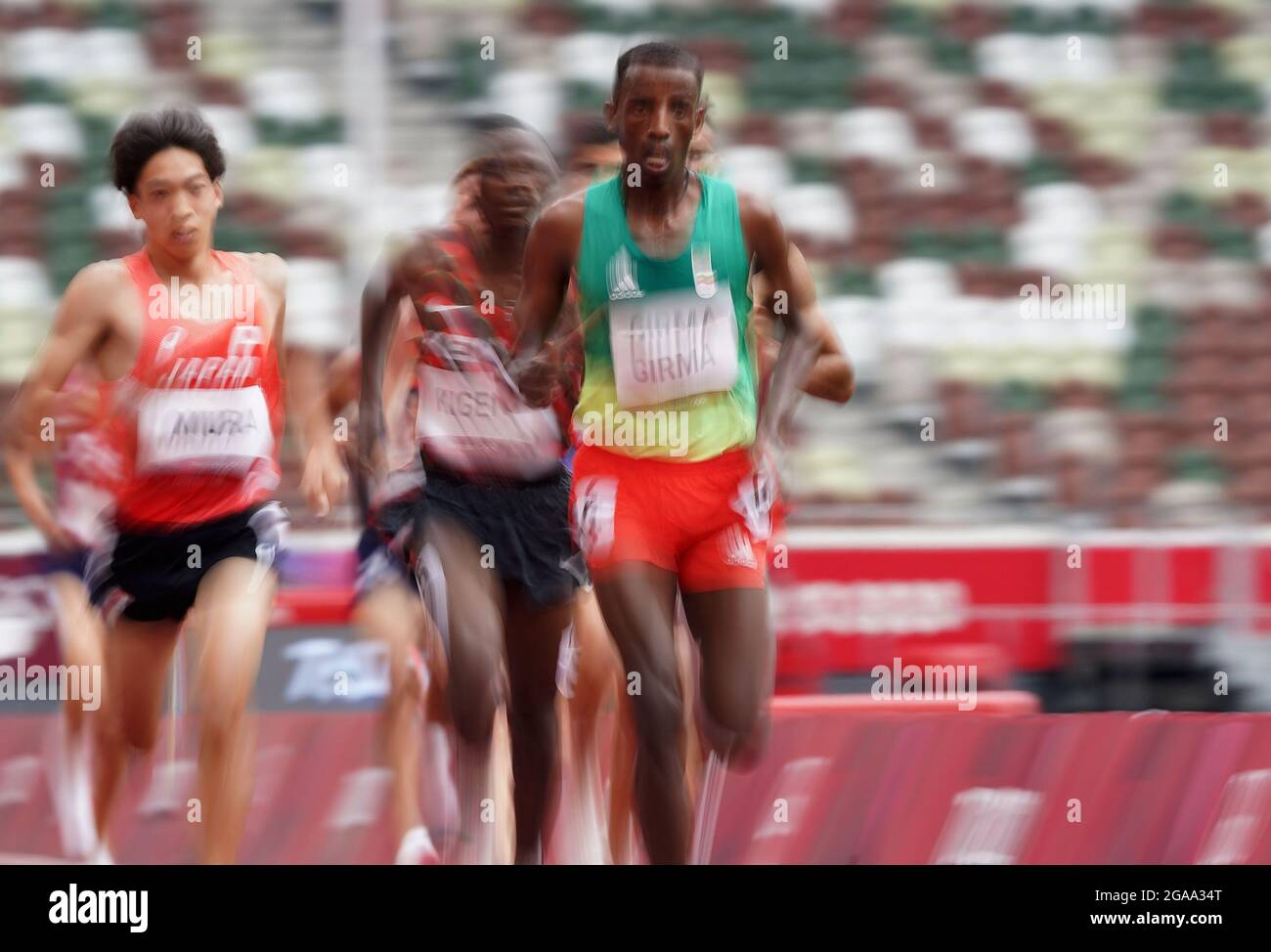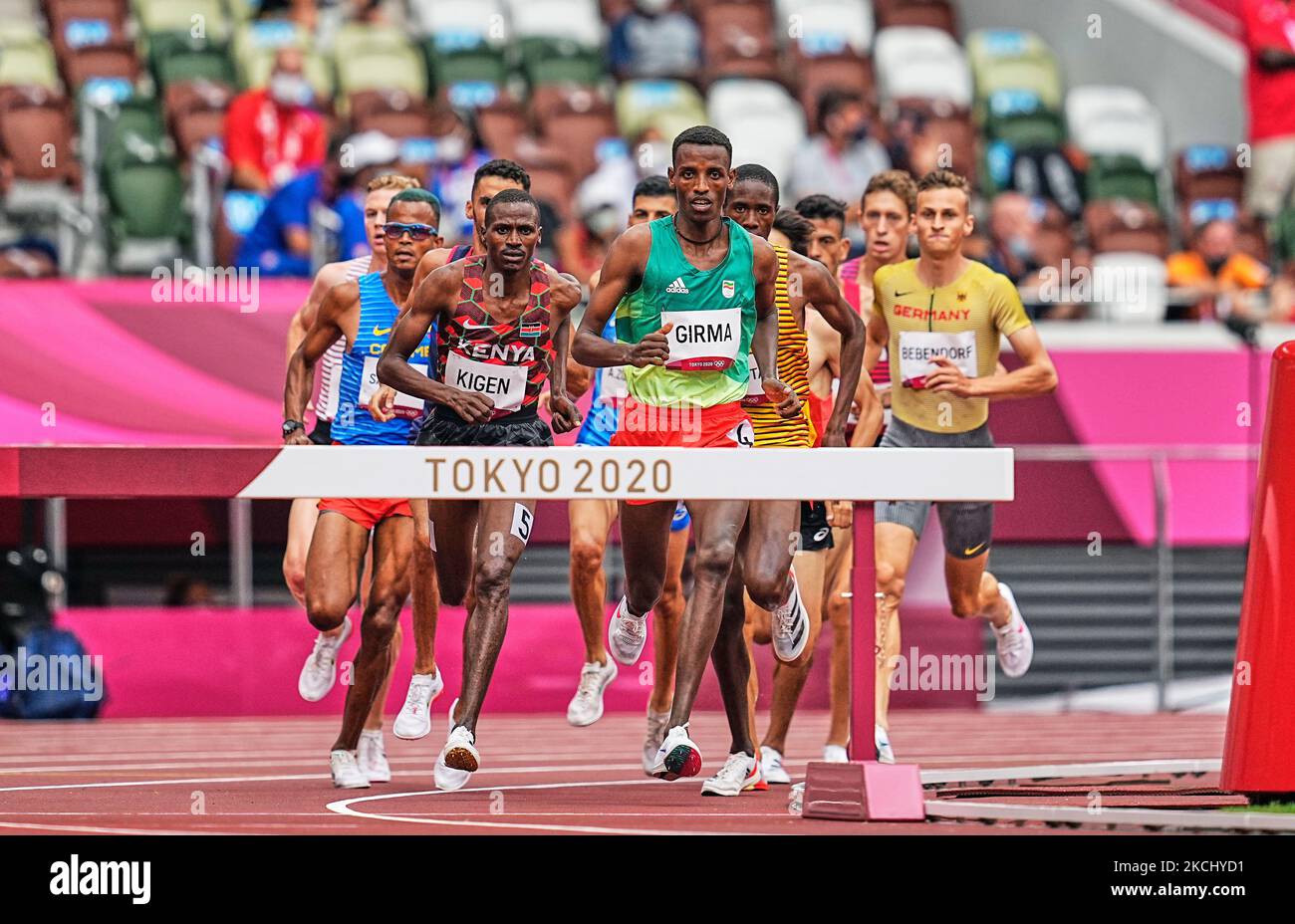The Girma Steeplechase Fall

The Girma Steeplechase, a renowned equestrian event steeped in tradition, has witnessed its share of triumphs and tragedies. Among these, the fall of a prominent jockey in the 2018 edition stands as a poignant moment, forever etched in the annals of the race. This event, though tragic, offers a unique lens to understand the inherent risks and complexities of this demanding sport.
Historical Significance of the Fall
The fall of the jockey, a seasoned veteran known for his exceptional skills, sent shockwaves through the equestrian community. It served as a stark reminder of the unpredictable nature of the Girma Steeplechase, where even the most skilled riders are susceptible to unforeseen circumstances. This incident highlighted the need for stringent safety protocols and emphasized the importance of prioritizing rider well-being.
“The fall was a stark reminder that even the most skilled riders are vulnerable to the unpredictable nature of the Girma Steeplechase.” – Equestrian Historian, Dr. Emily Carter
The fall also sparked a renewed focus on the historical evolution of the race itself. The Girma Steeplechase, dating back to the early 20th century, has witnessed numerous changes in its course, regulations, and safety measures. The fall of 2018 prompted a thorough review of these measures, leading to significant updates and improvements in the years that followed.
Analyzing the Fall: Girma Steeplechase Fall

The fall of Girma during the steeplechase was a tragic event, leaving many wondering about the contributing factors. Examining the technical aspects of the steeplechase and the physical challenges involved can provide valuable insights into the reasons behind this incident.
Technical Factors Contributing to the Fall
The steeplechase is a demanding and technically complex event, requiring a unique combination of speed, endurance, and agility. Several technical factors could have played a role in Girma’s fall.
- Water Jump Technique: Steeplechase courses feature water jumps, which present a unique challenge for runners. The technique used to navigate these jumps can be crucial. A mistimed leap, a poor landing, or an inadequate approach could have contributed to the fall.
- Pace and Rhythm: Maintaining a consistent pace and rhythm throughout the race is vital. A sudden surge of speed or a change in stride pattern could have disrupted Girma’s balance, leading to a loss of control and a fall.
- Footwear and Equipment: The type of footwear and equipment used in steeplechase can significantly impact performance. Issues with the spikes on Girma’s shoes or a malfunctioning hurdle could have played a role in the fall.
Physical Challenges and Hazards of the Steeplechase, Girma steeplechase fall
Steeplechase is a physically demanding event, subjecting athletes to a range of challenges and hazards.
- Terrain and Obstacles: The course features varied terrain, including grass, dirt, and water, which can be slippery and uneven. The presence of hurdles, water jumps, and other obstacles creates additional hazards.
- Fatigue and Exhaustion: The length of the race and the intensity of the effort required can lead to fatigue and exhaustion. This can impair judgment, coordination, and reaction time, increasing the risk of falls.
- Physical Demands: Steeplechase requires a high level of physical fitness, including strength, speed, agility, and endurance. Any physical limitations or injuries could have contributed to the fall.
Comparison to Other Notable Incidents
The fall of Girma is not an isolated incident in the history of steeplechase. Similar events have occurred in the past, highlighting the inherent risks associated with the event.
“In 2012, a steeplechase runner at the Olympics fell during the water jump, suffering a serious injury. This incident, like Girma’s fall, underscores the importance of technical proficiency and physical preparation in this demanding event.”
Impact and Aftermath

The fall of Girma, a talented steeplechaser, sent shockwaves through the athletic community, leaving a trail of questions about safety protocols and the long-term consequences of such a devastating injury. Beyond the immediate physical trauma, the fall had a profound impact on Girma’s career, mental well-being, and the future of the sport.
Consequences for the Athlete
The fall had immediate and long-term consequences for Girma’s athletic career and overall well-being.
- Physical Injuries: Girma sustained severe injuries, including a broken leg and a concussion, which required extensive medical attention and a long recovery period. The physical trauma not only hampered his ability to compete but also significantly impacted his daily life.
- Psychological Impact: The fall likely had a significant psychological impact on Girma. The experience of such a severe injury can lead to fear, anxiety, and post-traumatic stress disorder (PTSD). The mental and emotional toll can be as challenging as the physical recovery.
- Career Setback: Girma’s career was undoubtedly set back by the fall. The lengthy recovery period and the psychological impact of the injury could have made it difficult for him to regain his previous form and competitive edge.
Safety Protocols and Regulations
The incident raised concerns about the safety protocols and regulations in place at the time of the fall.
- Water Jump Safety: The water jump, a critical element of the steeplechase, was identified as a potential hazard. Concerns were raised about the depth of the water, the landing area, and the potential for uneven footing.
- Protective Gear: The lack of mandatory protective gear, such as helmets, for steeplechase athletes was also questioned. The incident highlighted the need for a comprehensive approach to athlete safety, including the use of protective equipment.
- Training and Preparation: The importance of adequate training and preparation for the challenges of the steeplechase was emphasized. This includes proper technique, physical conditioning, and mental preparedness for the demands of the race.
Influencing Future Safety Measures
The Girma steeplechase fall served as a catalyst for discussions about improving safety measures and regulations in the sport.
- Water Jump Modifications: The incident led to a review of water jump safety, resulting in modifications to the design and construction of the jump. This included adjusting the depth and landing area to minimize the risk of injury.
- Mandatory Protective Gear: In response to the fall, some governing bodies introduced mandatory helmet requirements for steeplechase athletes. This measure aimed to reduce the severity of head injuries in case of falls.
- Enhanced Training Programs: The incident also highlighted the need for enhanced training programs that emphasize safety protocols and injury prevention techniques. This included specialized training for navigating water jumps and managing the physical and mental demands of the steeplechase.
The recent steeplechase fall involving Girma was a jarring sight, a sudden halt to the race’s momentum. The incident sparked a wave of concern, prompting analysis of the factors contributing to the fall. For a deeper dive into the incident and its impact, check out this article: girma steeplechase fall.
It’s a reminder of the inherent risks involved in this sport and the importance of safety measures for athletes.
Girma’s fall during the steeplechase was a heart-stopping moment for fans, leaving everyone wondering about his condition. Thankfully, lamecha girma injury update provides some relief, confirming it wasn’t as serious as initially feared. Girma’s resilience and determination are inspiring, and we’re all eagerly awaiting his return to the track.